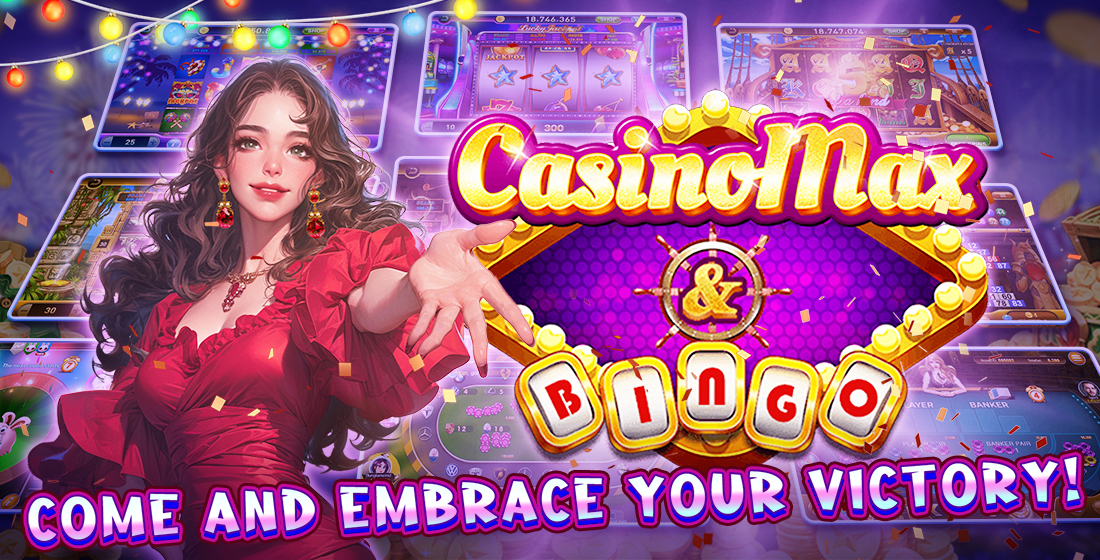Uncover the Magic of Idle Games: The Ultimate Guide to Building Games You Can't Resist
Idle games have charmed a significant number of players with their unique approach to gaming. Unlike traditional games that demand continuous dedication, these games allow players to progress even while they're away. In this guide, we’ll delve into the ins and outs of idle games, especially how to build them and make them irresistible to the audience.
What Are Idle Games?
At their core, idle games (also known as incremental games) are a genre designed for players who appreciate casual gaming. The essence of idle games lies in their ability to generate progress automatically, even when the player is offline. Originally emerging from browser games in the mid-2010s, they quickly became popular on mobile platforms.
The Allure of Idle Games
- Progress without constant engagement.
- Simple mechanics make them accessible to everyone.
- A sense of achievement through compounding rewards.
- Often feature captivating themes and visuals.
Key Elements of Building an Idle Game
Creating an idle game isn’t just about programming; it requires a sound understanding of player psychology and game mechanics. Here are some fundamental elements to focus on:
- Reward Systems: Players love earning rewards even when they're not actively playing. Implement systems that allow for exponential growth.
- User Interface (UI): Keep it intuitive. Players should easily understand how to progress and what they need to do next.
- Engagement: While idle means not actively playing, you should still incorporate engaging stories or goals to keep users connected to your game.
- Upgrades: Providing numerous upgrade options helps keep player interest alive, allowing them to strategically plan their progression.
- Visual Appeal: Ensure that the game is aesthetically pleasing. Visuals play a crucial role in retaining players’ attention.
| Element | Description |
|---|---|
| Reward Systems | Mechanisms to keep players progressing even when not actively engaged. |
| User Interface | Simplicity and clarity of gameplay controls and progress indicators. |
| Engagement | Storylines or missions that capture player interest. |
| Upgrades | Enhancements that allow strategic player progression. |
| Visual Appeal | Graphics and animations that draw players in. |
Incorporating Themes: From Fantasy to Sci-Fi
When it comes to themes for your idle game, the sky's the limit. Players are drawn to themes that resonate with their interests, such as:
- Fantasy Worlds: Classic realms filled with wizards, dragons, and magic skills.
- Science Fiction: High-tech environments with space exploration elements.
- Simulators: Building worlds or managing resources that simulate real-life scenarios.
- Historical Settings: Develop worlds around historical events or empires.
Popular Idle Games and Their Success Stories
Examples of successful idle games abound. Titles such as "Cookie Clicker" and "AdVenture Capitalist" have showcased how compelling gameplay mechanics can attract millions of players. These games often blend simple mechanics with humor and nostalgia, keeping players engaged without requiring extensive time investment.
How Idle Games Compare To Other Genres
When comparing idle games to PS4 games with best story mode, the differences become apparent. While PS4 games often focus on immersive storylines and complex gameplay, idle games thrive on simplicity and reward accumulation. The dynamics create a contrast where traditional gaming demands player investment, while idle games cater to passive involvement. While an idle game might not demand your complete attention, the satisfaction of seeing progress unfold is undeniably rewarding.
Conclusion: The Future of Idle Games
Idle games represent a fascinating facet of modern gaming. By allowing players to reap rewards without continuous engagement, they have carved out a niche that resonates with many. Whether you’re a budding developer or a casual gamer, exploring the world of idle games can lead to exciting discoveries and endless entertainment. Keep in mind that with the right mechanics, a captivating theme, and an engaging user experience, it’s possible to create a game that players can't resist returning to.



